
Amazing Tropical Butterflies
Jagged Leafwing
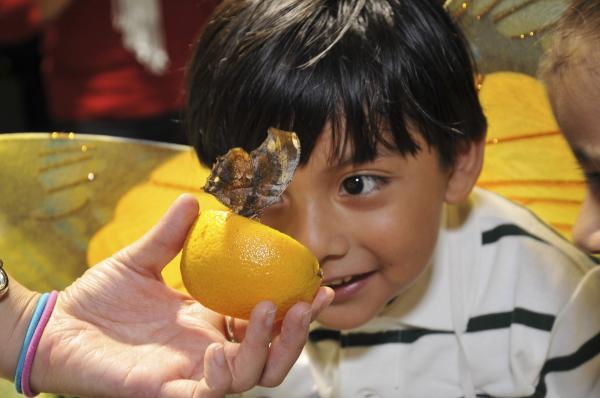
At the live butterfly exhibit at the American Museum of Natural History now in its 13th year visitors can get face-to-face with the 500 fluttering tropical butterflies living inside.
The Jagged Leafwing, above, dines on fruit juice from a freshly cut orange slice, one of many that are placed throughout the exhibit to attract the butterflies.
Ismenius Longwing
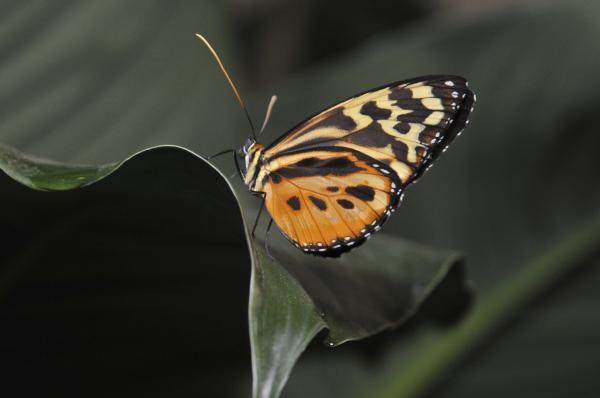
Of the Heliconius genus of butterflies, the Isemius Longwing is probably what comes to mind when people think about butterflies. Their tiger-like wing coloring is a signal to any potential predators that they taste foul.
Ismenius Longwings have no trouble breeding in captivity, and have become a favorite of scientists trying to understand how the species was born and became so diverse.
Blue Morpho
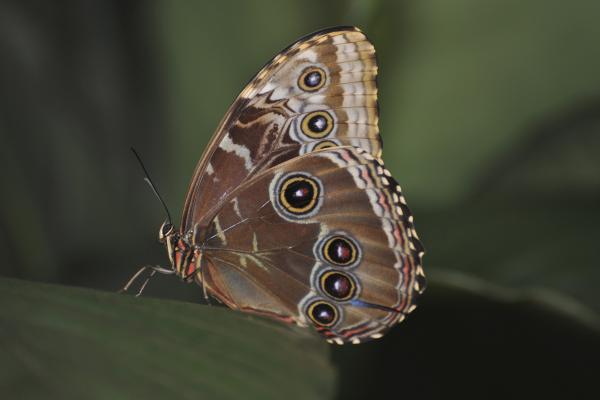
One of the stars of the American Museum of Natural History's Butterfly Conservatory exhibit is the Blue Morpho. As the name suggests, the Blue Morpho shows off its metallic blue coating when it flaps its wings. The brilliant blue is only on the top side of the wings, so when the butterfly is perched on a tropical plant in Costa Rica with its wings folded together, the blue is hidden, as in the above image.
The striking color is not from pigmentation, but is an example of iridescence. Butterflies wings are covered in scales, and the Blue Morpho's wings reflect light so that colors appear to vary depending on how you look at them.
Cattleheart
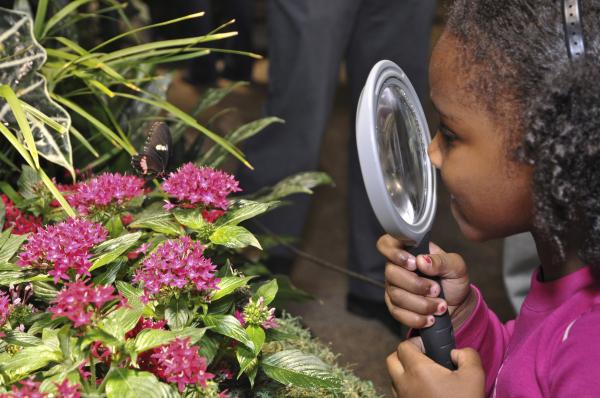
Maya, from New York City, keeps a close watch on a Cattleheart butterfly at the American Museum of Natural History. This butterfly nearly blends in with one of the tropical plants in the vivarium, which is kept at 80 degrees Fahrenheit (27 degrees Celsius) to mimic the butterflies' natural environments. The butterflies in the exhibit come from Florida, Costa Rica, Kenya, Thailand, Malaysia, Ecuador and Australia.
Indian Moon Moth
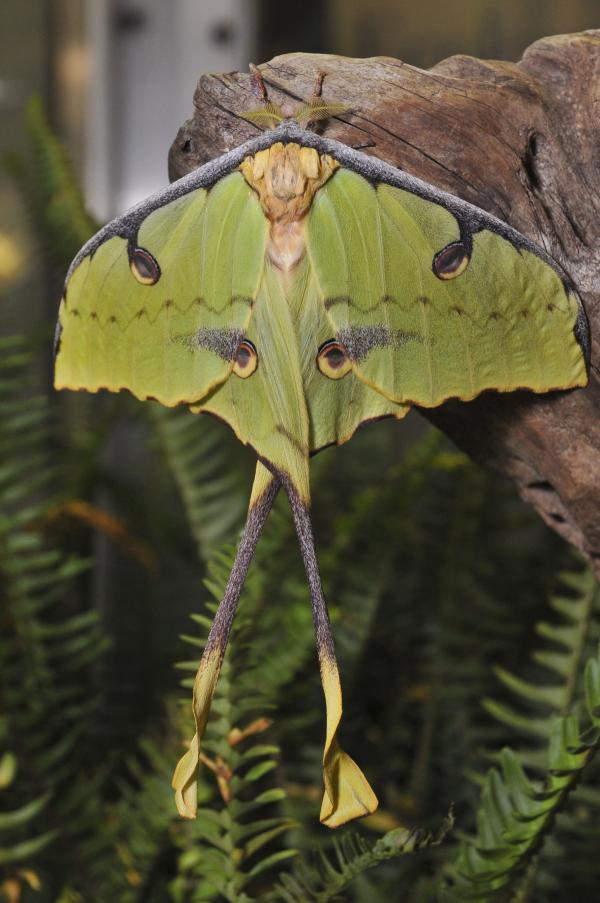
Butterflies and moths flutter together inside the butterfly tank. Moths and butterflies are closely related, both of the order Lepidoptera. The Indian Moon Moth, above, is one of the crowd favorites. While they look similar at first glance, butterflies and moths have subtle differences. Adult butterflies are active in the day, while most but not all moths are active at night. When resting, a butterfly holds its wings together above its back; a moth holds its wings horizontally. Butterfly antennae are thickened, or clubbed, at the tips, while moth antennae are most commonly straight or feathered. Moths are also a little bit chubbier than most butterflies.
Green Birdwing
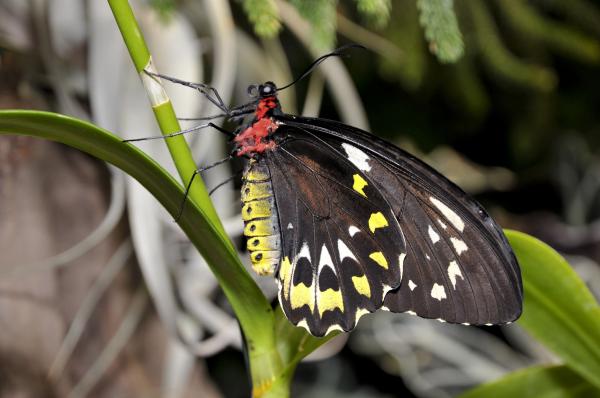
Adult butterflies don't live very long; some species live as little as two weeks after emerging from the chrysalis the pupa stage of development when butterfly larvae, caterpillars, transform into butterflies.
Roughly 500 butterfly pupae will be shipped each week to the American Museum of Natural History throughout the duration of the exhibit. The butterflies are released into the vivarium after emerging. Lucky visitors will catch emerging butterflies in the act.
Sign up for the Live Science daily newsletter now
Get the world’s most fascinating discoveries delivered straight to your inbox.










